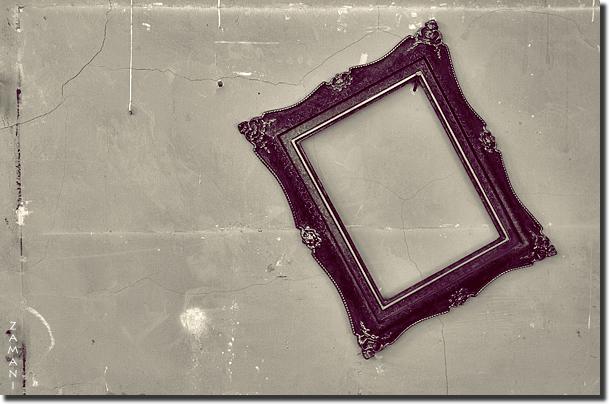What’s wrong with this picture?
Posted By Julia Finny on September 14, 2015 @ 10:57
 [1]China last week celebrated the 70th anniversary of the defeat of Japan in what could only be described as an ostentatious display of military power and glory [2]. Every aspect of the event was planned down to the most meticulous detail, including its historical and ideological significance. The re-writing of history goes on even though many of those who witnessed the events of 1945 remain; a continuous monologue that inflates the Communist forces’ contribution to victory against the Japanese, and minimises the more significant Nationalist involvement.
[1]China last week celebrated the 70th anniversary of the defeat of Japan in what could only be described as an ostentatious display of military power and glory [2]. Every aspect of the event was planned down to the most meticulous detail, including its historical and ideological significance. The re-writing of history goes on even though many of those who witnessed the events of 1945 remain; a continuous monologue that inflates the Communist forces’ contribution to victory against the Japanese, and minimises the more significant Nationalist involvement.
In China, the names of Mao Zedong and Peng Dehuai and their Communist forces will continue to be celebrated for their involvement in the end of the Japanese occupation of China, while the names of the more relevant Chiang Kai-shek and the Nationalists will always be marginalised, rarely spoken of, and never publically commemorated. In a process that has come to be known as damnatio memoriae (the condemnation of memory), Chiang Kai-shek has been erased from a significant part of Chinese history, at least in any capacity where he cannot be painted as the villain.
We’re all familiar with the process of erasing figures from history that has become famous from Soviet Russia. The poor grasp of subtlety (and even the basic principles of photo-editing) have left Stalinist attempts to manipulate photographs [3] of those who had fallen from favour open to ridicule in the modern world. Encyclopaedias, books, images and official directives of all kinds removed traitors of the Party from public view, thus re-writing the narrative of history and discrediting their policies and actions as heretical.
In China, the narrative that continues to write Chiang out of the history of the Japanese defeat goes even further than leaving him out of commemorations. Recently, Chinese social media has struck back [4] at China’s August First Film Studio’s The Cairo Declaration, which prominently features Mao (and even Stalin, another non-attendee) on all of its promotional material. Mao was in China at the time of the conference, while Chiang was actually in attendance.
People are less familiar with damnatio memoriae as practised in the ancient world, from the great civilisations of Egypt, Greece and Rome. In Republican Rome, damnationes were initially carried out within the family to hide disgraces from future generations. At the end of the Republican period and into Imperial Rome, sanctions became increasingly violent, often resulting in the mutilation and disgraceful burial of the deceased. Enter the names of Rome’s great tyrants: Caligula, Nero, Domitian and Commodus. As the Senate and people of Rome loathed them, murdering such figures wasn’t enough. Those emperors had their names erased from inscriptions, their monuments destroyed, their statues dashed to the ground and their names thoroughly vilified by the great historians of the Roman era. Once a person is vilified, it’s difficult to revive their memory, though Classical scholarship has made great strides over the recent decades to analyse Nero’s relationship with the plebs and revitalise his memory.
What’s clear about the process of damnatio memoriae is that it has explicit and tacit aims. On the surface, it appears that the punishment was used to attempt to erase someone from history, attacking the very notion of remembrance. We know from experience that this aim isn’t always successful, as we’re familiar with the names of Nero, Trotsky, and Chiang. But we’ll never know if anyone has ever been totally successful at eradicating someone else from history.
The tacit aim, which no one attempting to condemn another’s memory would ever admit to, is to make sure that the memory of the condemned is kept alive, but in a controlled manner that perpetuates their disgrace. Written and visual cues make it clear that something’s missing from the historical picture, a void left by those who’ve been disgraced. In Rome, this might’ve been an upright statue base without the portrait it once bore; Cicero tells us that this is much more disgraceful for the condemned than simply removing all trace of them.
In modern China, the void left by the Nationalist forces in the 70th anniversary celebrations is even more obvious. They play no part in a celebration that they belong in the heart of. Damnatio memoriae is a fundamental mechanism of authoritarianism that has transcended the millennia.
The only thing about damnatio memoriae that has significantly changed between the ages is our capacity to fight back. Attempts to revitalise the memories of condemned are prominent in modern historiography—not only for Nero, but also for Chiang, as several recent biographies can attest to. Inside Soviet Russia, fear dictated that damnationes memoriae were effectively carried out, but outside the Soviet bloc, their poorly edited photographs have always been publically ridiculed. People in China and the West are united in their disdain for The Cairo Conference’s promotional material, seeing it for exactly what it is.
Article printed from The Strategist: https://aspistrategist.ru
URL to article: /whats-wrong-with-this-picture/
URLs in this post:
[1] Image: https://aspistrategist.ru/wp-content/uploads/2015/09/empty_frame.jpg
[2] ostentatious display of military power and glory: http://www.theatlantic.com/photo/2015/09/china-stages-a-massive-military-parade-to-commemorate-the-end-of-world-war-ii/403627/
[3] Stalinist attempts to manipulate photographs: https://en.wikipedia.org/wiki/Censorship_of_images_in_the_Soviet_Union
[4] social media has struck back: http://shanghaiist.com/2015/08/17/netizens-make-fun-cairo-declaration-film-posters.php
Click here to print.